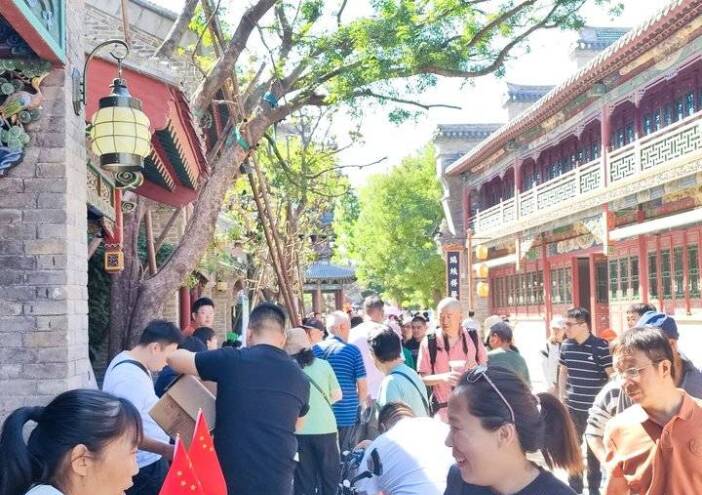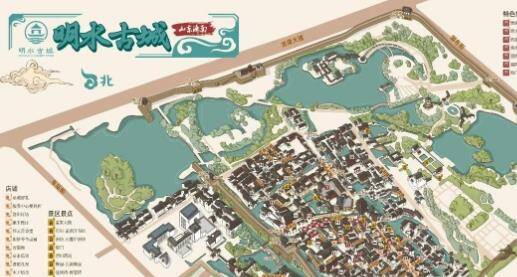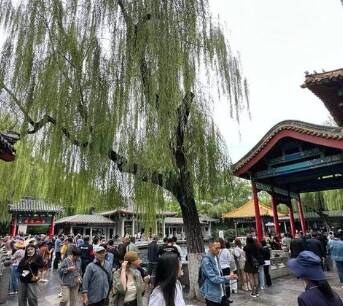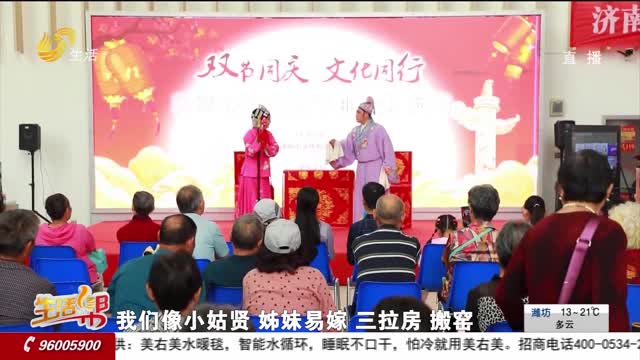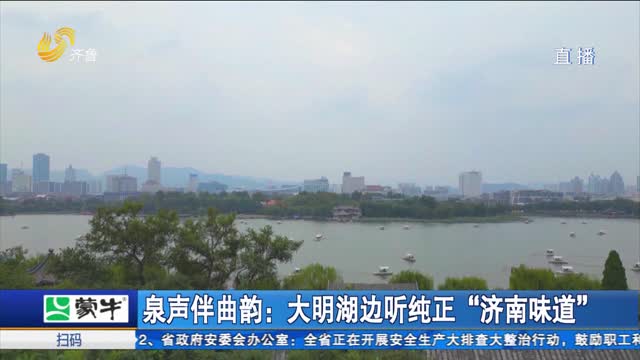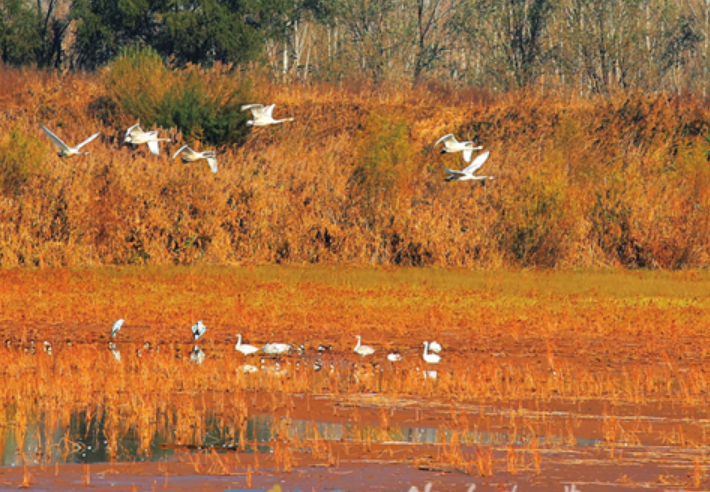Tracing the steps of early migration
来源:中国日报英文版
2023-10-05 18:07:10
原标题:Tracing the steps of early migration
来源:中国日报英文版
Original Headlines:Tracing the steps of early migration
Source:中国日报英文版

The thick 7-meter-deep sediment that forms the Tam Pa Ling cave floor. KIRA WESTAWAY/FOR CHINA DAILY
Fossil finds suggest modern humans were in Southeast Asia 86,000 years ago, leaving Africa much earlier than scientists previously thought.
Deep in the lush green hills of northern Laos a group of international scientists has been piecing together the evolution of man's migration from Africa to Southeast Asia and, eventually, Australia.
For decades now, scientists have been working in a limestone cave called Tam Pa Ling, which translates to "Cave of the Monkeys", brushing away sediment around fossil remains that over time have been adding pieces to solving the puzzle.
The latest find by a team of Laotian, United States, French and Australian scientists is a collection of fossil bones dating back 86,000 years.
These tiny fragments are the oldest example of our ancestors yet found in Southeast Asia.
In 2012, scientists uncovered parts of a skull dating back 46,000 years in the same cave.
A paper published on June 13 in the scientific journal Nature Communications said the "find demonstrated beyond doubt that modern humans spread from Africa through Arabia and to Asia much earlier than previously thought".
"It also confirms that our ancestors didn't just follow coastlines and islands. They traveled through forested regions, most likely along river valleys, too. Some then moved on through Southeast Asia to become Australia's first people."
Fabrice Demeter, a paleoanthropologist at the University of Copenhagen who was one of the paper's lead authors, said in a media release that coincided with the release of the paper that "Tam Pa Ling plays a key role in the story of modern human migration through Asia, but its significance and value is only just being recognized".
Kira Westaway, a geochronologist with Australia's Macquarie University and one of the lead scientists involved in the project, said the significance of the fossil find at the Tam Pa Ling cave should not be underestimated.
"Human fossil evidence is very rare in Southeast Asia, so a site that contains seven individual skeletal parts over a 56,000-year period is incredible," she told China Daily.

An extensive array of decorations can be seen on the cave roof and floor; scientists take sediment samples from the excavation pit in Tam Pa Ling cave. VITO HERNANDEZ/FOR CHINA DAILY
"But another fascinating part of this research is the location of the cave — it's not a coastal location, it's not on an island, but right in the middle of mainland Southeast Asia at least 300 kilometers from the sea.
"It is also in an upland region and would have been heavily forested."
Westaway added: "We know that hominids (the group consisting of modern humans, extinct human species and all our immediate ancestors) tended to move along river valleys inland, but this location confirms our suspicions that early Homo sapiens had the capacity to adapt and disperse through upland forested regions much earlier than anticipated."
"Surviving in forested regions requires a very different skills set than coastal living and the fact that they had acquired these skills by such an early time is surprising and significant," she said.
Another geochronologist, Renaud Joannes-Boyau from Australia's Southern Cross University, has spent the best part of 10 years working with colleagues from around the world at the site.
"The cave is really quite beautiful," he told China Daily.
"It is painstaking work. When you look around the cave there are various levels where fossil fragments have been found over the years.
"You spend so much time brushing away sediment that has been laid down for thousands of years to eventually uncover a fragment of bone, but it is an incredible moment in time," he said.
He believes Homo sapiens started leaving Africa as early as 200,000 years ago.
"The Tam Pa Ling fossils suggest an earlier presence of modern humans in Asia, but further research is needed to establish their specific relationship to the migration into Australia."

The deepest excavation pit is found at the rear of the cave close to a wall. KIRA WESTAWAY/FOR CHINA DAILY
The presence of modern humans in Australia dating back 60,000 years is supported by various lines of archaeological evidence, including the discovery of stone tools and ancient human remains.
Johannes-Boyau said what has been found so far in the cave is another piece in the evolution of man in Southeast Asia.
Nothing has been found in the cave such as drawings of stone tools to suggest it was a settlement.
"If anything, it was probably a transit route," he said.
"The remains are significant in that little is known about our journey (out of Africa). Every time we find new fossils we basically rewrite what the human evolution journey has been," he said.
Macquarie University's Westaway said that when trying to reconstruct the migration of Homo sapiens, it always comes down to a question of timing.
"We know what happened; we just don't know exactly when it happened," she said.
"Sites like Tam Pa Ling help us to place Homo sapiens at a certain location at a certain time and this helps to reconstruct how and when they dispersed."
She said finding earlier-than-expected arrival sites in unanticipated locations helps to appreciate the ability of Homo sapiens to adapt to different conditions and to exploit varied and often extreme environments.
Finding evidence of Homo sapiens in Southeast Asia 86,000 years ago also poses a problem for scientists.
Westaway said it calls into question "the accepted timing for the exit out of Africa … at least according to genetic evidence".
"Human dispersal across the globe is not a simple linear path — we believe it's a more complex spread of different migrations; some very early and some much later," she said.
The fossil finds in Laos suggest that the prevailing theory of modern humans moving out of Africa in a single wave about 50-60,000 years ago was incorrect.
"The 50-60,000 years migration across Southeast Asia that contributes to our current gene pool may not have been the first — there may well have been earlier migrations that were not successful and therefore did not contribute their genetics to our modern populations," Westaway said.
"Sites like Tam Pa Ling, Lida Ajer (Sumatra) and Madjedbebe (northern Australia) may well represent these early unsuccessful migrations, but this does not discredit the fact that they had arrived in this region by this time — a truly remarkable achievement."

Westaway added: "This really is the decisive paper for the Tam Pa Ling evidence. Finally, we have enough dating evidence to confidently say when Homo sapiens first arrived in this area, how long they were there and what route they may have taken."
Tam Pa Ling cave is very close to the recently discovered Cobra Cave, which was frequented by Denisovans approximately 70,000 years earlier.
Despite the previous lack of evidence for early arrival in mainland Southeast Asia, this area might have been a dispersal route among our ancestors, long before Homo sapiens.
"We have much to learn from the caves and forests of Southeast Asia," Westaway said.
Prime Sarmiento in Hong Kong contributed to this story.
想爆料?请登录《阳光连线》( http://minsheng.iqilu.com/)、拨打新闻热线0531-66601253,或登录齐鲁网官方微博(@齐鲁网)提供新闻线索。齐鲁网广告热线0531-66601253,诚邀合作伙伴。

Picturing a life that's long disappeared to keep it in the present
- Jinuo Group is a visual record of the Jinuo ethnic group in the 1980s.With his 40-odd years of field research on the Jinuo ethn...[详细]
- 中国日报英文版 2023-10-05

Music that brims with the joys of spring
- Xiao Di performs during a solo concert at Birmingham Town Hall in 2019, when she released her Femmes de Legende album that celebra...[详细]
- 中国日报英文版 2023-10-05

Beijing's Central Axis takes center stage with World Heritage bid
- The Altar of the God of Agriculture stands near Beijing's Central Axis as a testament to China's rich farming culture.Public activ...[详细]
- 中国日报英文版 2023-10-05

Maestro brings ancient Chinese sounds to London
- Pipa and guqin virtuoso Cheng Yu. [Photo provided to China Daily] During the afternoon of the second Saturday of every sec...[详细]
- 中国日报英文版 2023-10-05
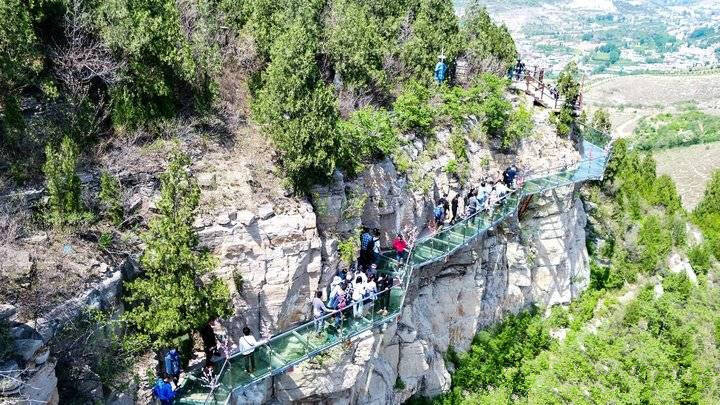
外地游客明显增多!网红济南带火距离市区20分钟车程的景区
- [详细]
- 齐鲁壹点 2023-10-05

济南加强住房租赁企业及从业人员信用监管 信用咋样 扫码可查
- [详细]
- 济南日报 2023-10-05
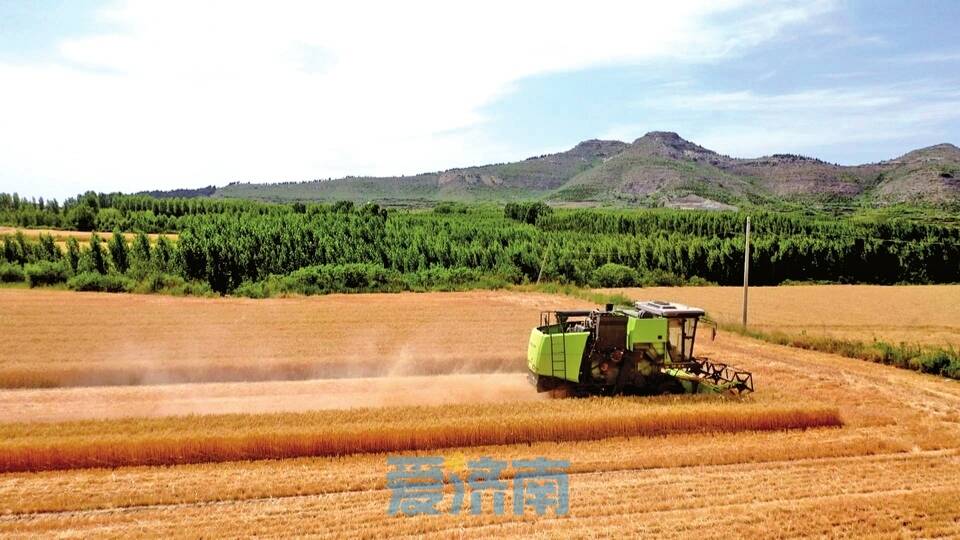
济南市入库种质资源近十三万份 现代种业激活乡村振兴“芯”动能
- [详细]
- 济南日报 2023-10-04
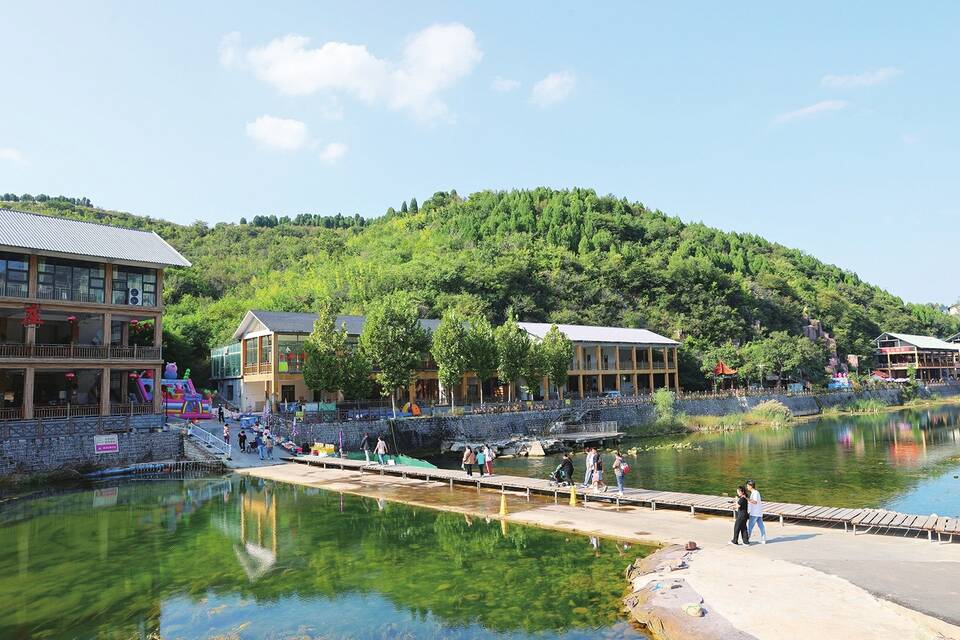
济南:文明旅游为假日美景增彩
- [详细]
- 济南日报 2023-10-04
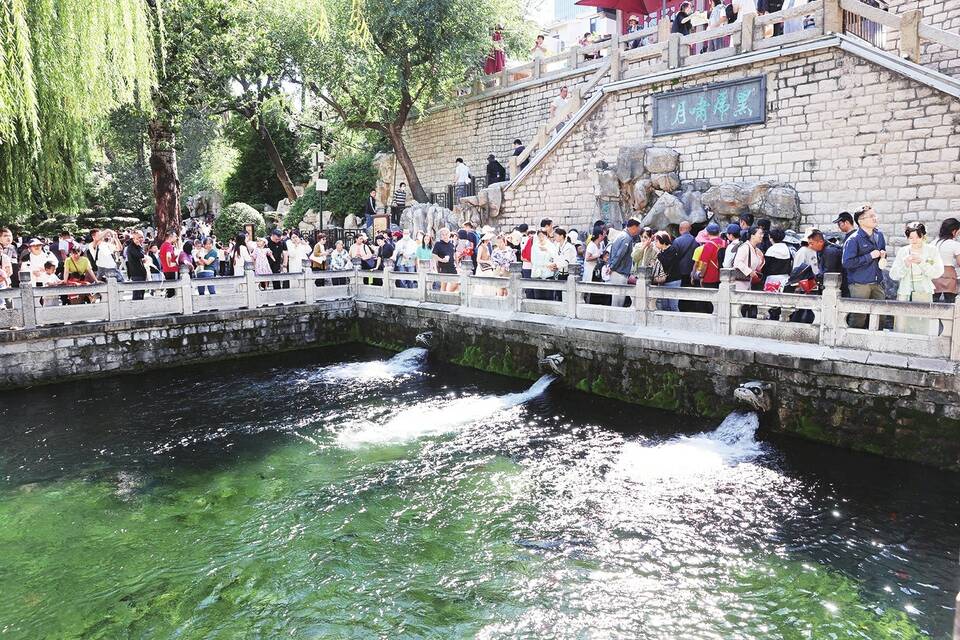
文化味浓 体验感好 潮流范足 泉城假日文旅市场热度上扬
- [详细]
- 济南日报 2023-10-04
这家济南企业产业模式国内“独一份”
- 9月21日,海能未来技术集团股份有限公司发布《回购股份方案公告》。作为济南第2家北交所上市公司,海能技术17年来专注于科学仪器事业,凭借...[详细]
- 大众网 2023-10-03
济南市区新添3处公园,具体位置在这儿
- 近日槐荫区3处街心公园启用为周边居民增添了休闲娱乐场所新世界阳光花园社区游园经过改造提升,槐荫区将位于经七路北侧、德新路东侧的绿化...[详细]
- 大众网 2023-10-03
济阳区交通重点项目建设两节期间“不打烊”
- 大众网记者孟彤晖济南报道机器轰鸣,吊车林立,车辆如梭……中秋、国庆两节期间,济阳区一大批交通重点项目建设依旧热火朝天、如火如荼。两...[详细]
- 大众网 2023-10-03
济南市园林和林业绿化局组织开展野生动物保护联合执法检查专项行动
- 近日,济南市园林和林业绿化局组织各区县林业主管部门,积极协调公安、农业农村、市场监管、街道办、村委会等单位,齐心协力、齐抓共管,在...[详细]
- 大众网 2023-10-03
